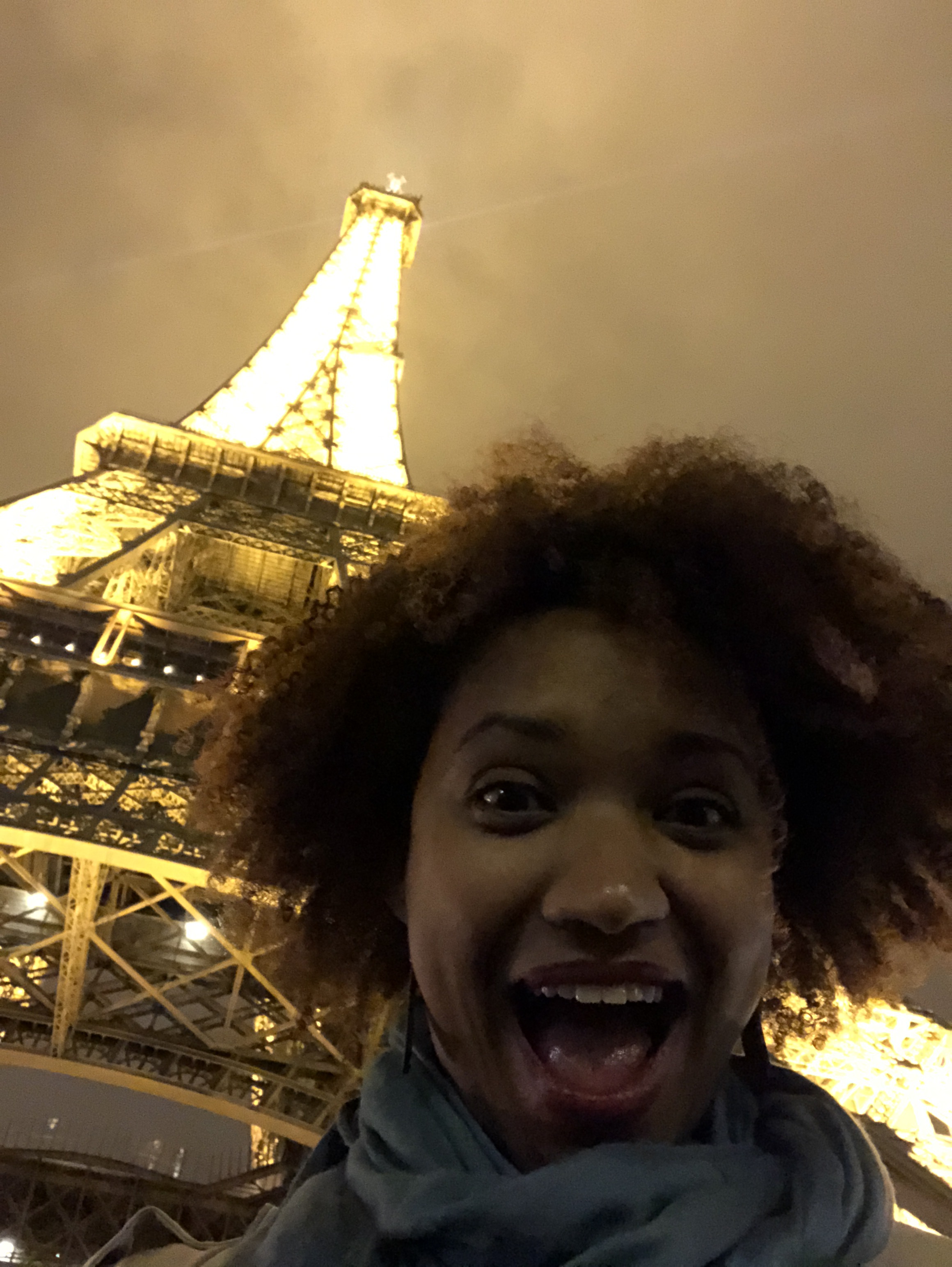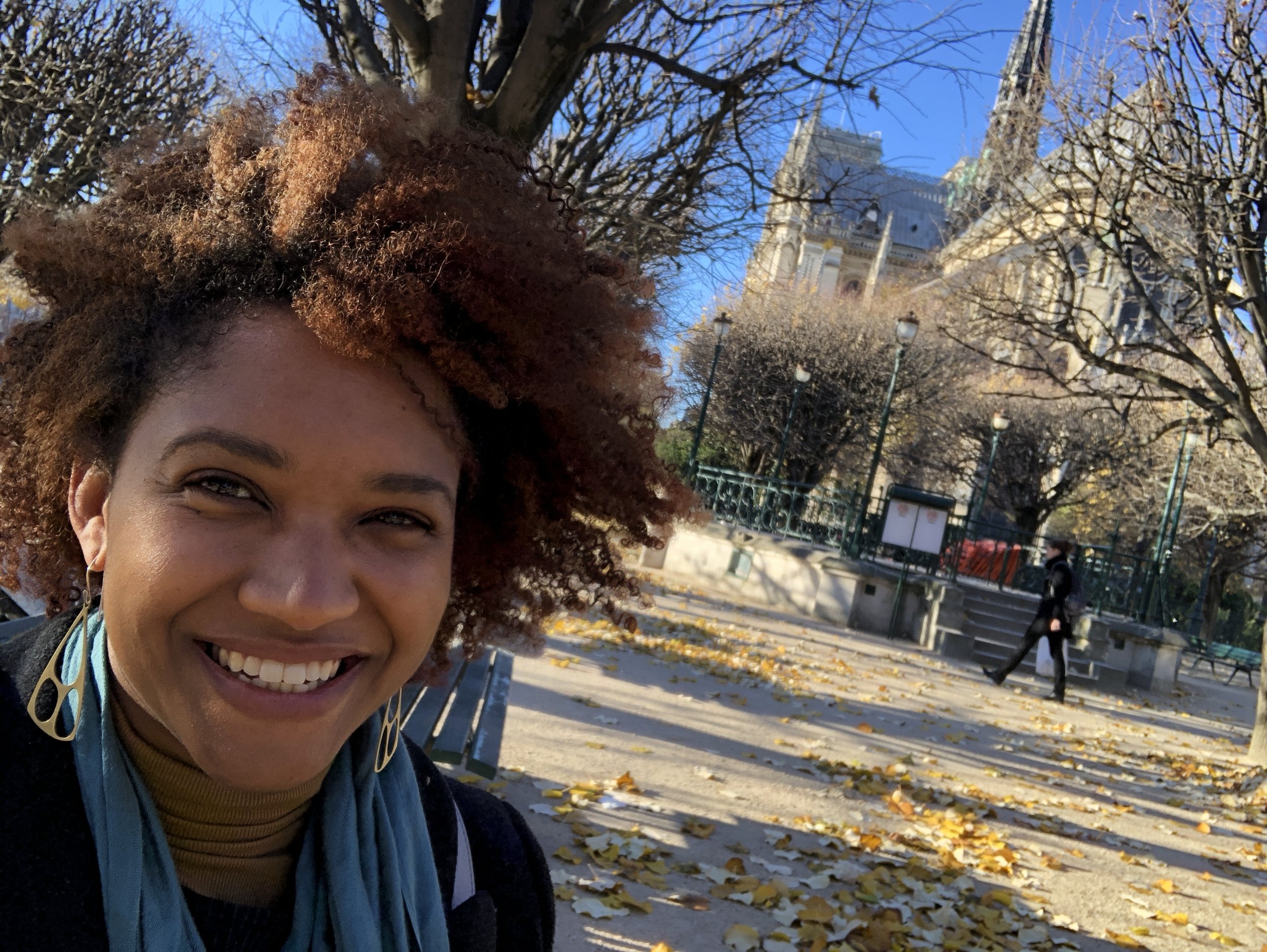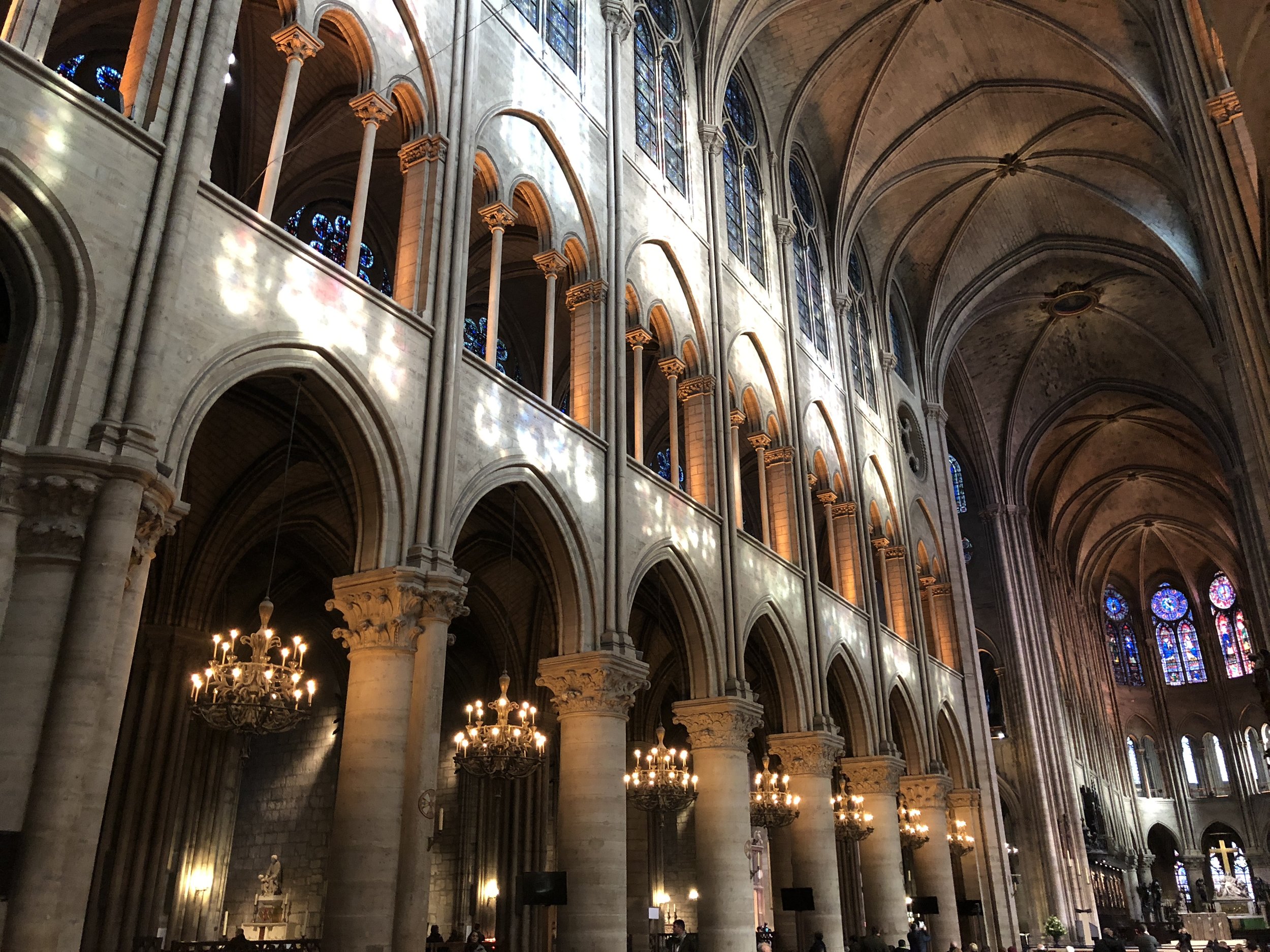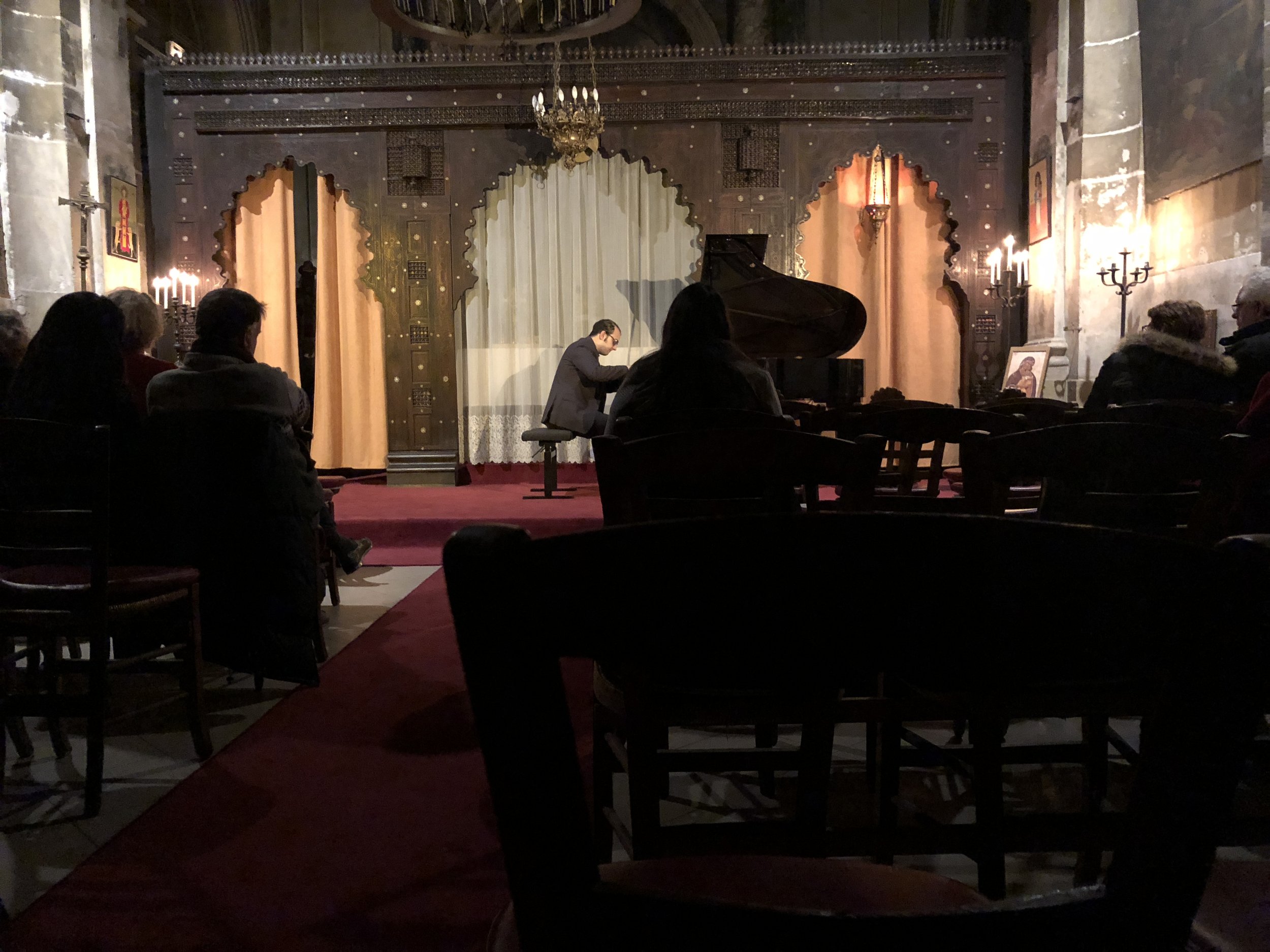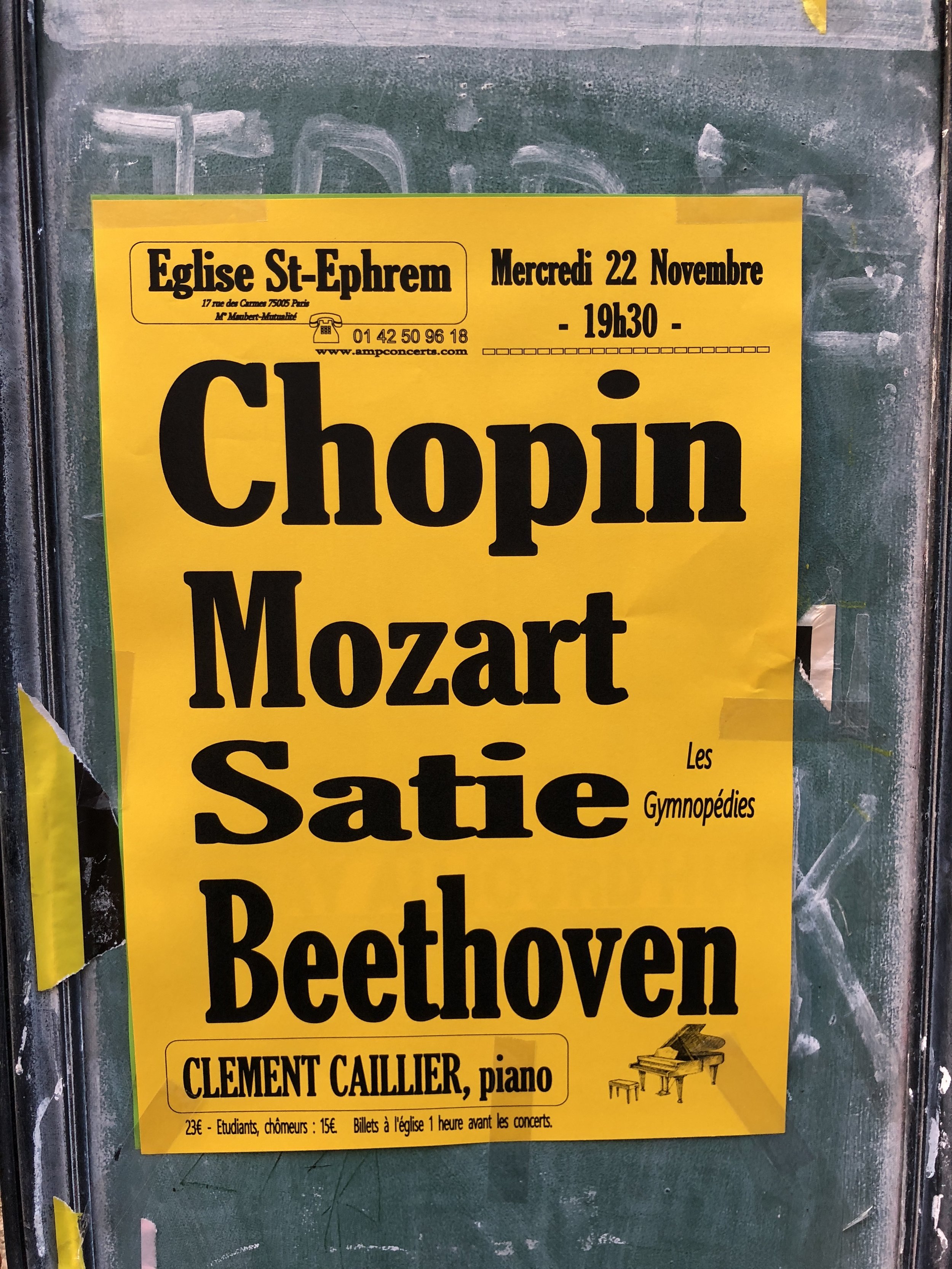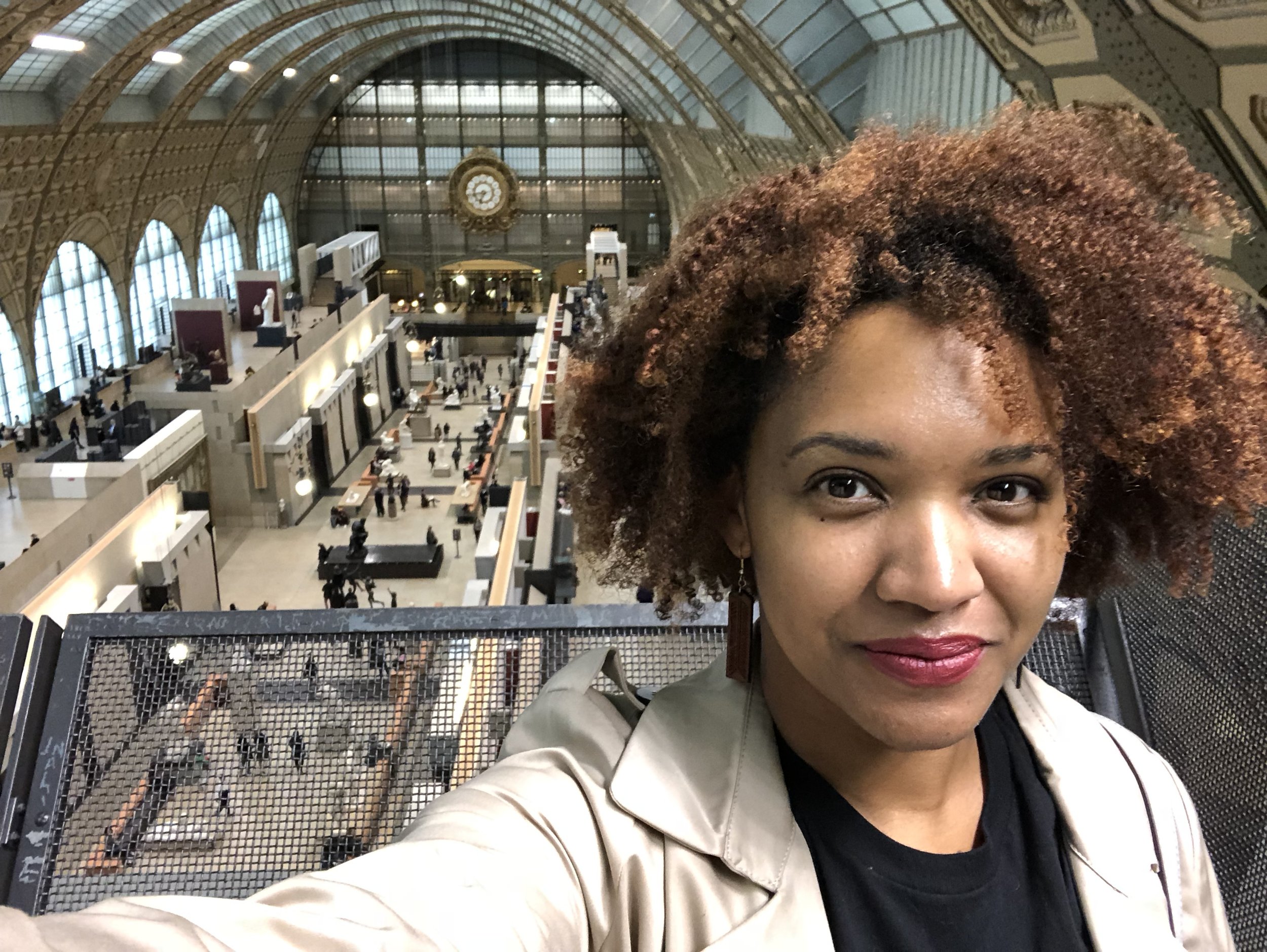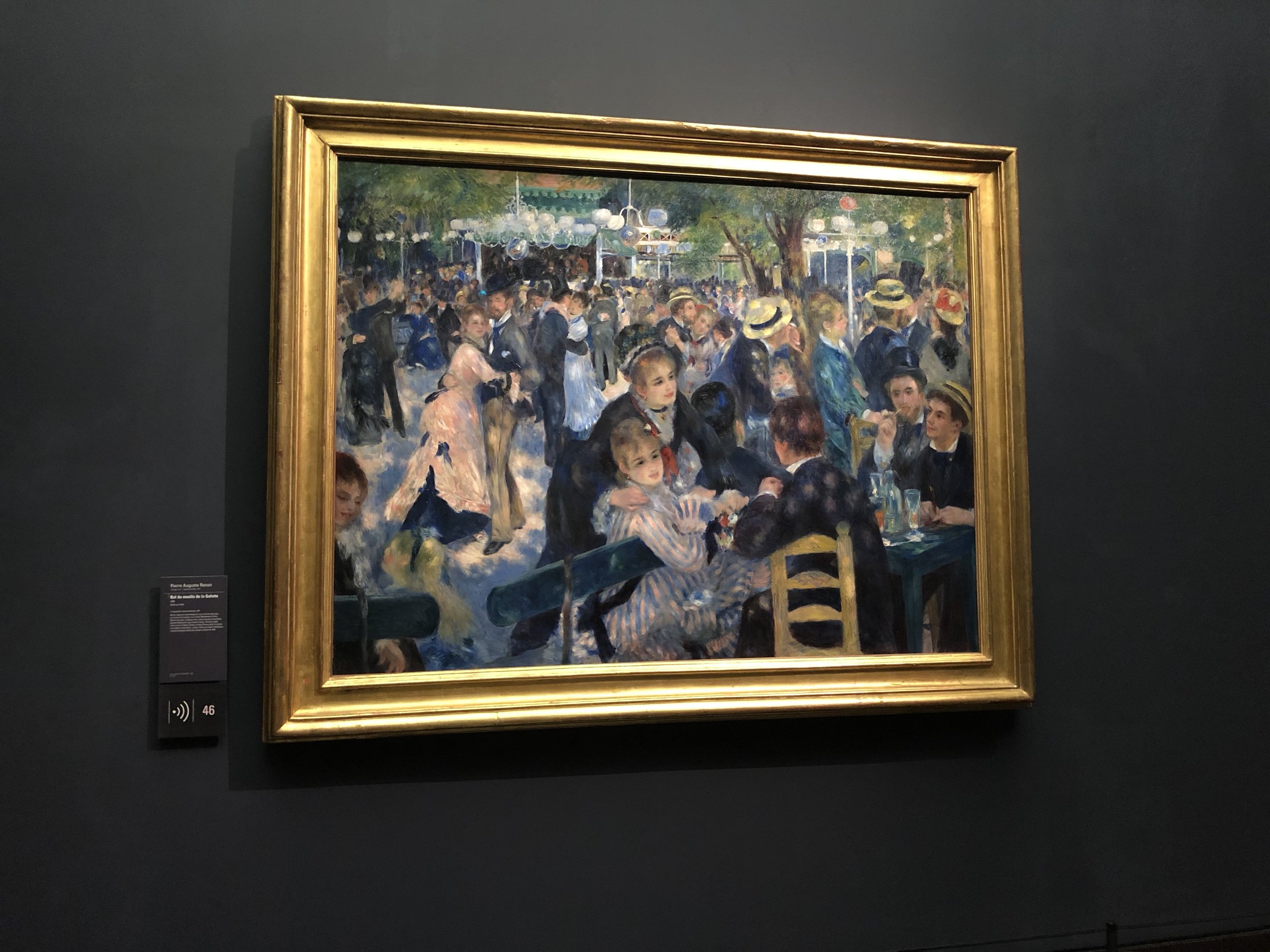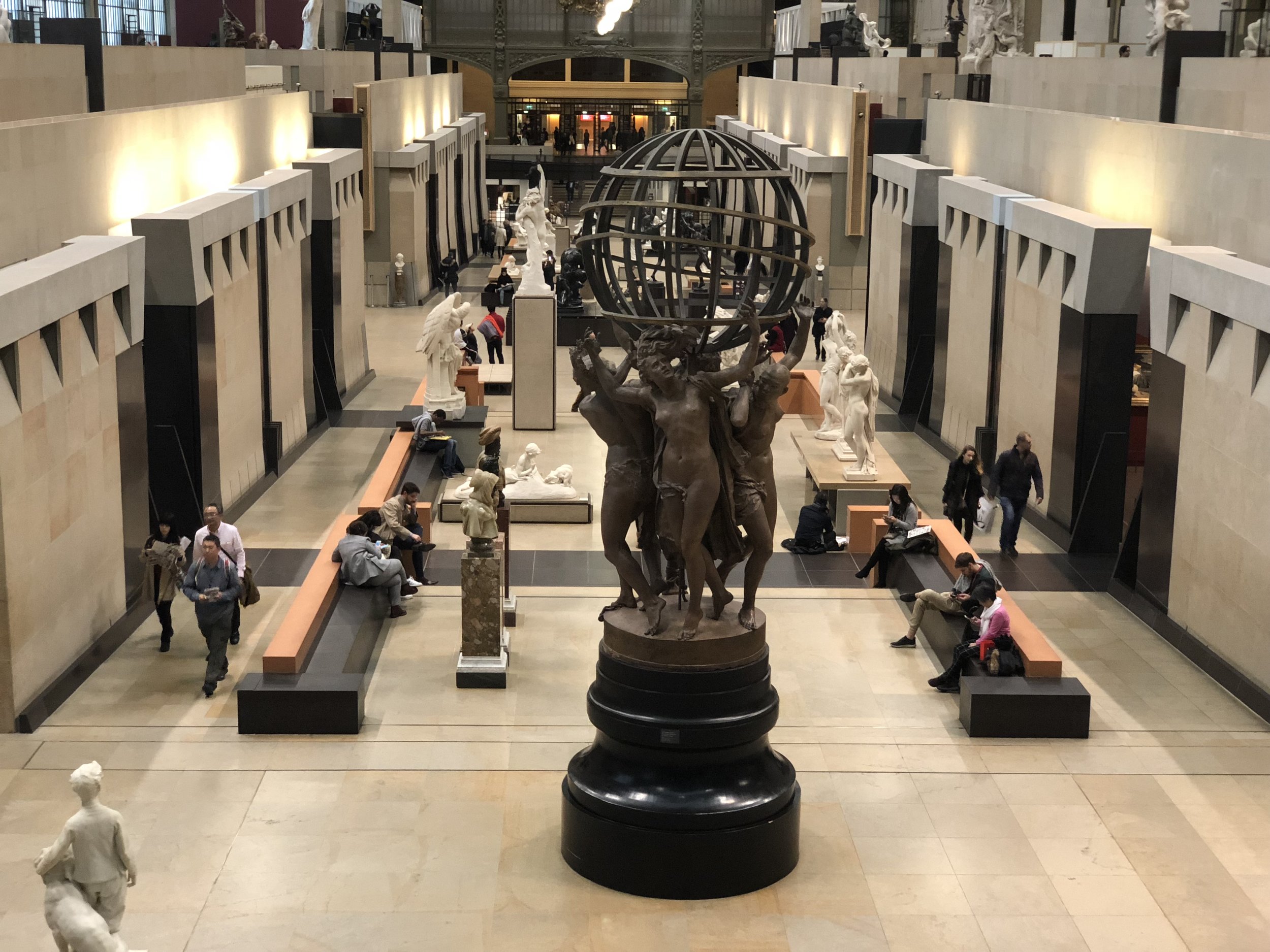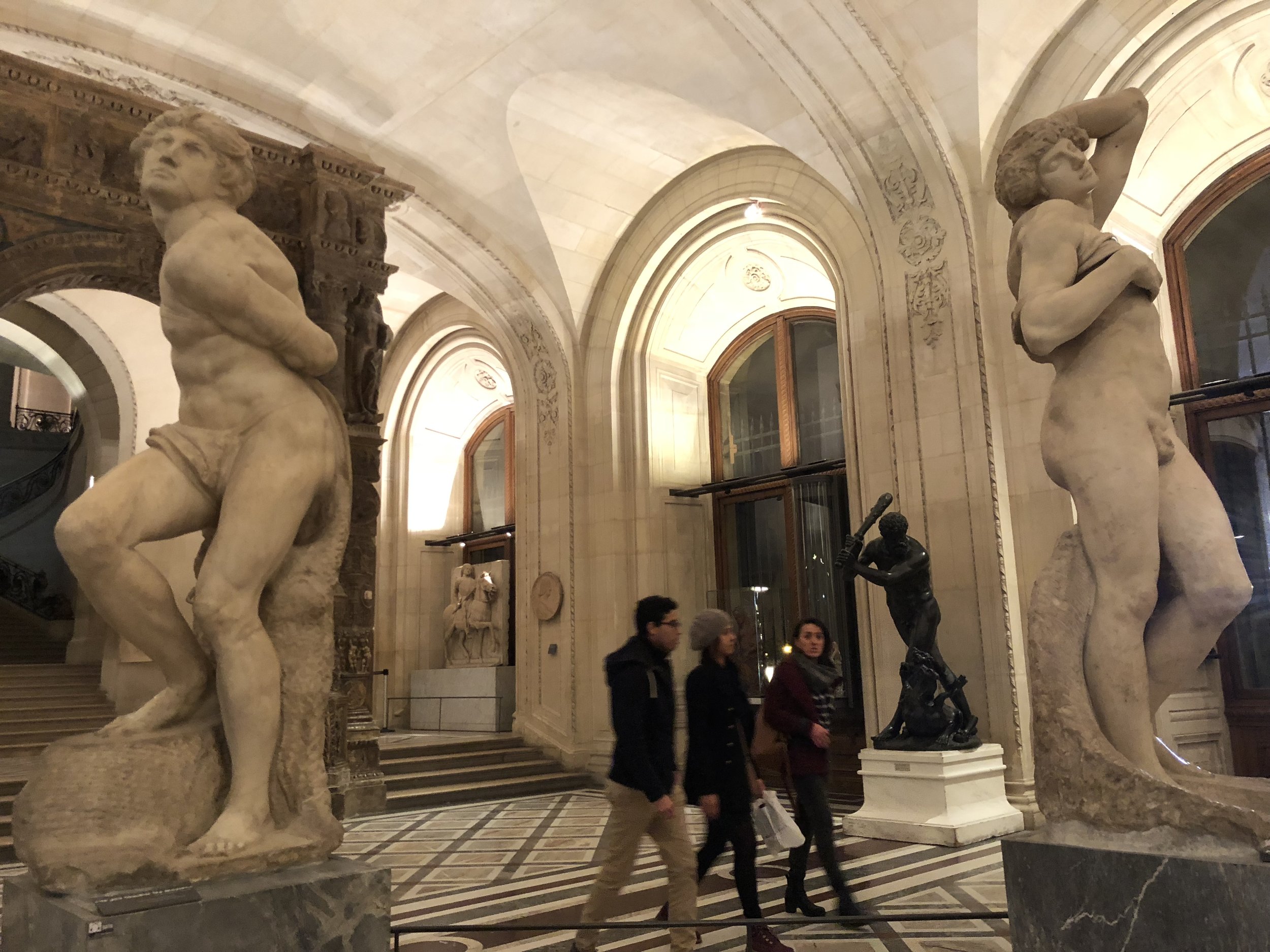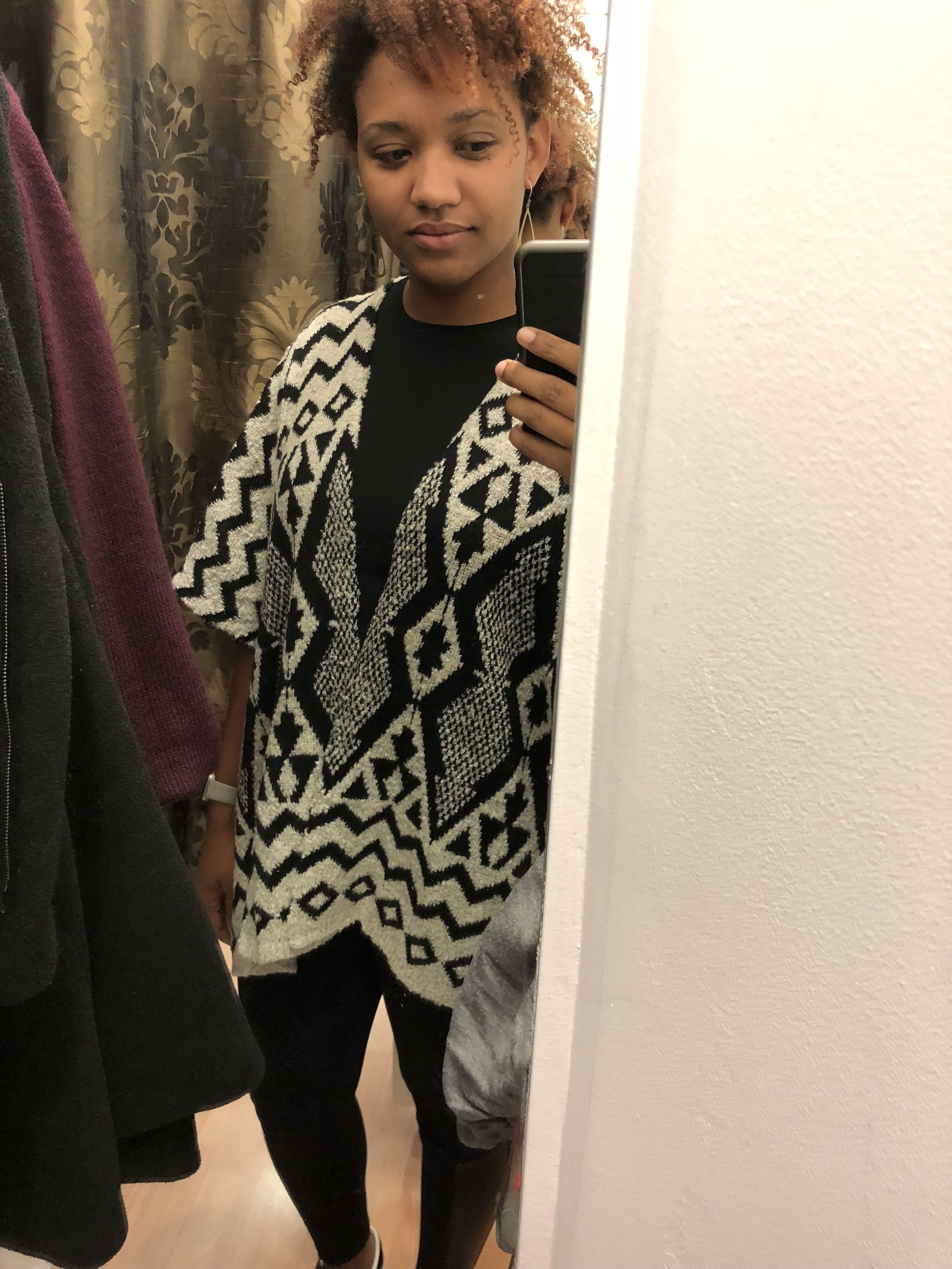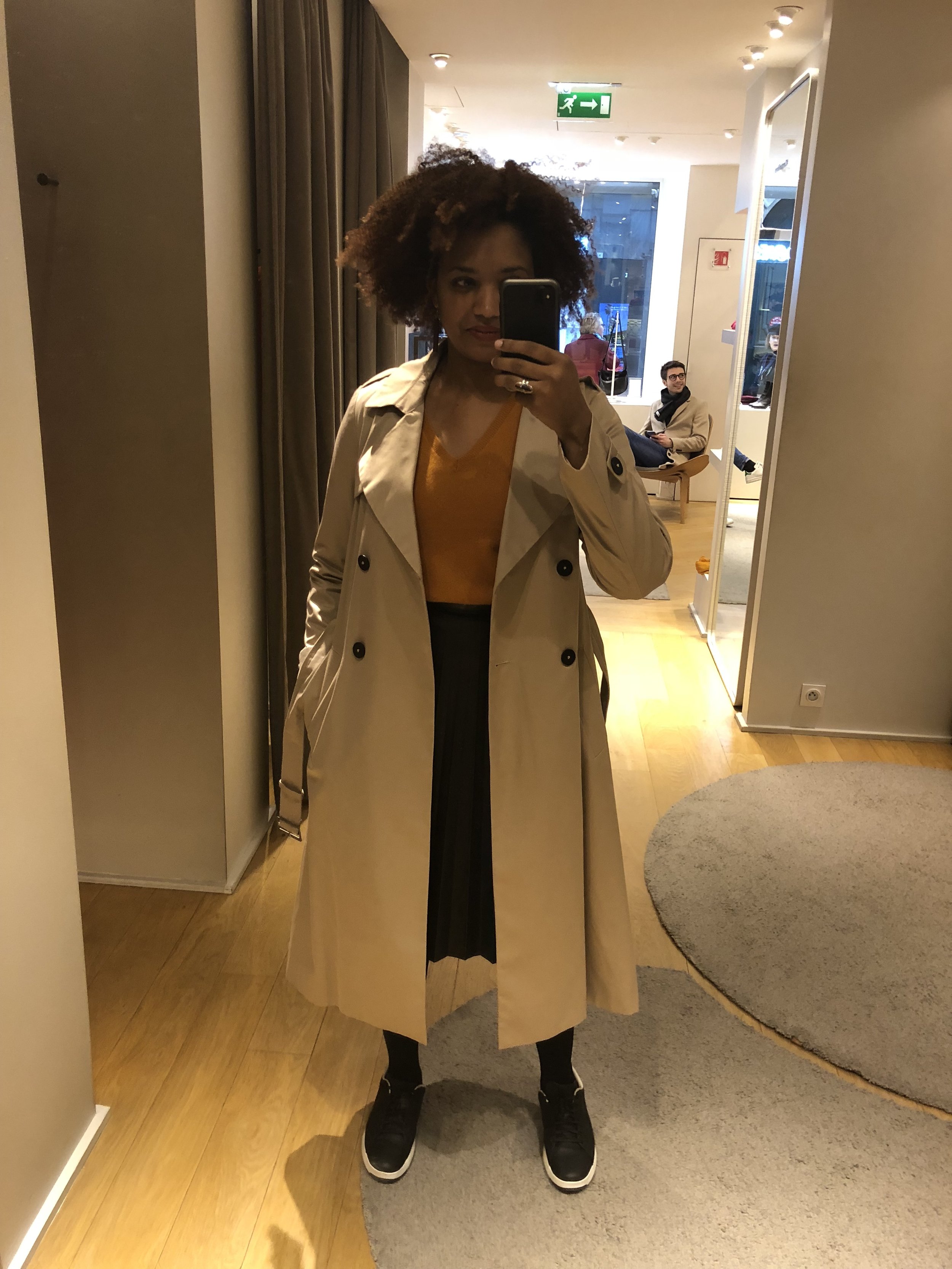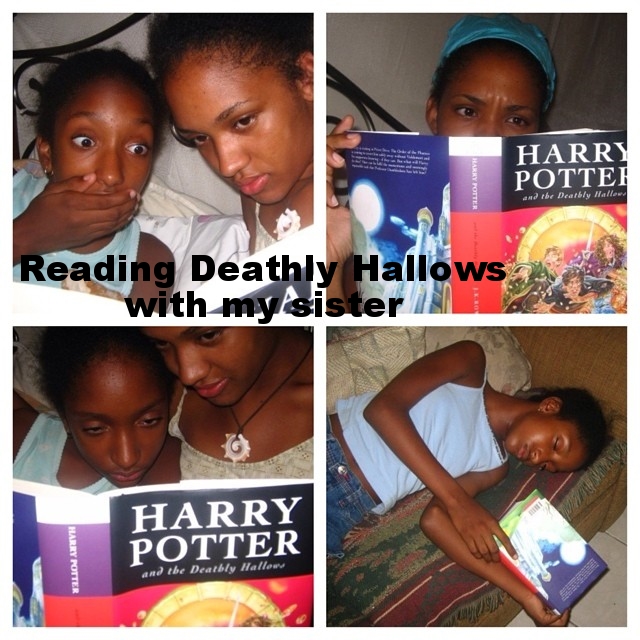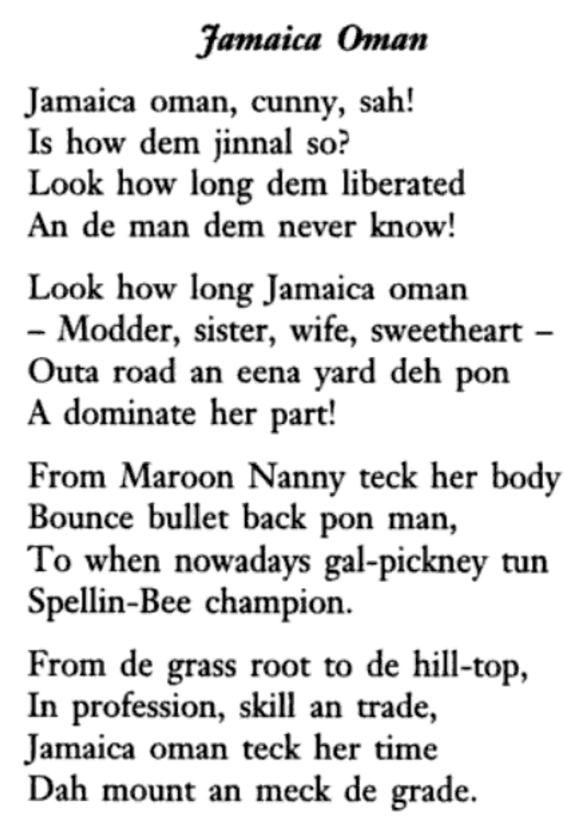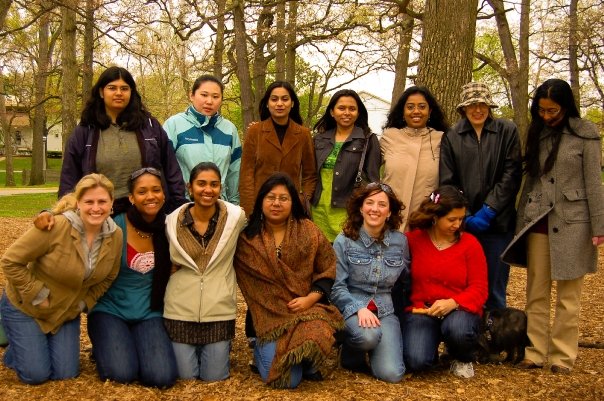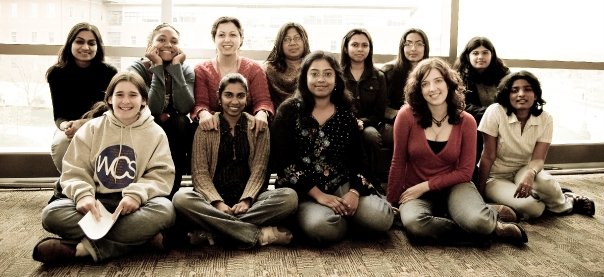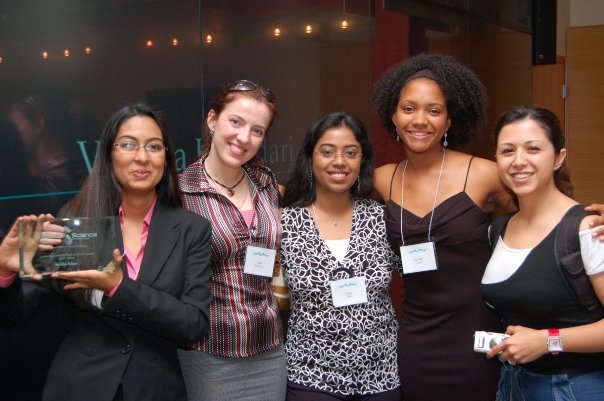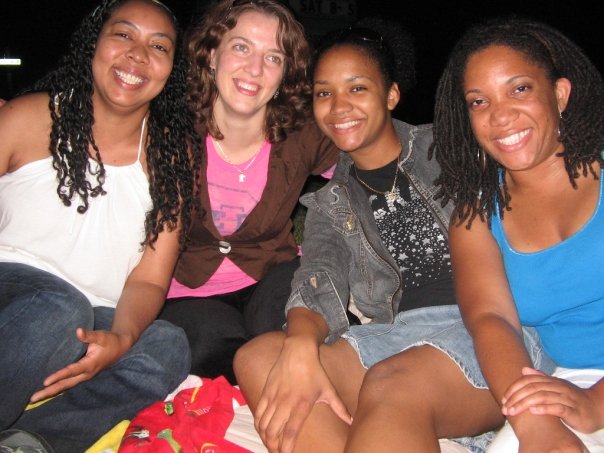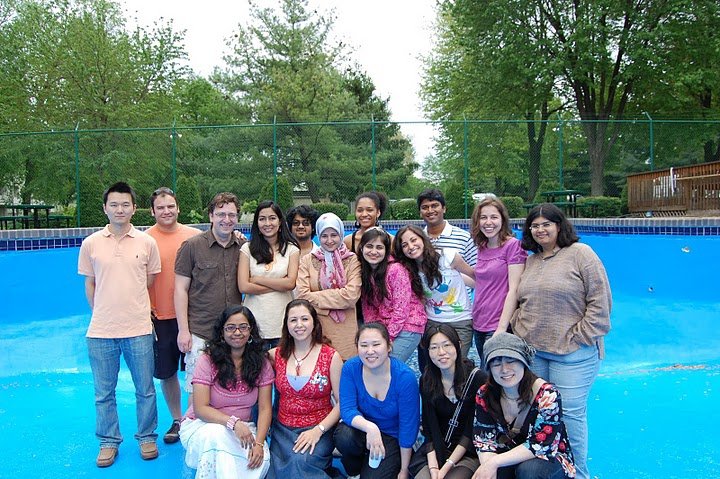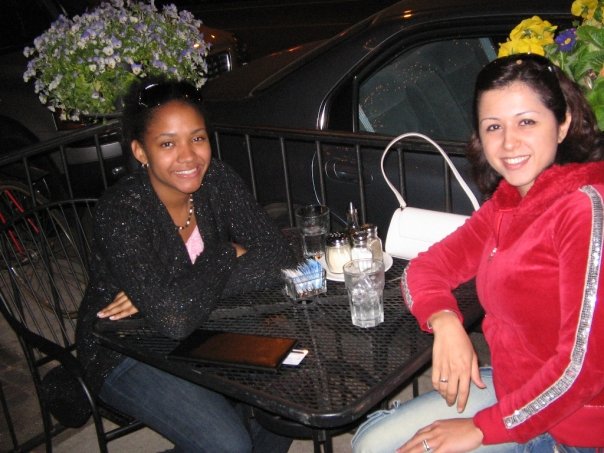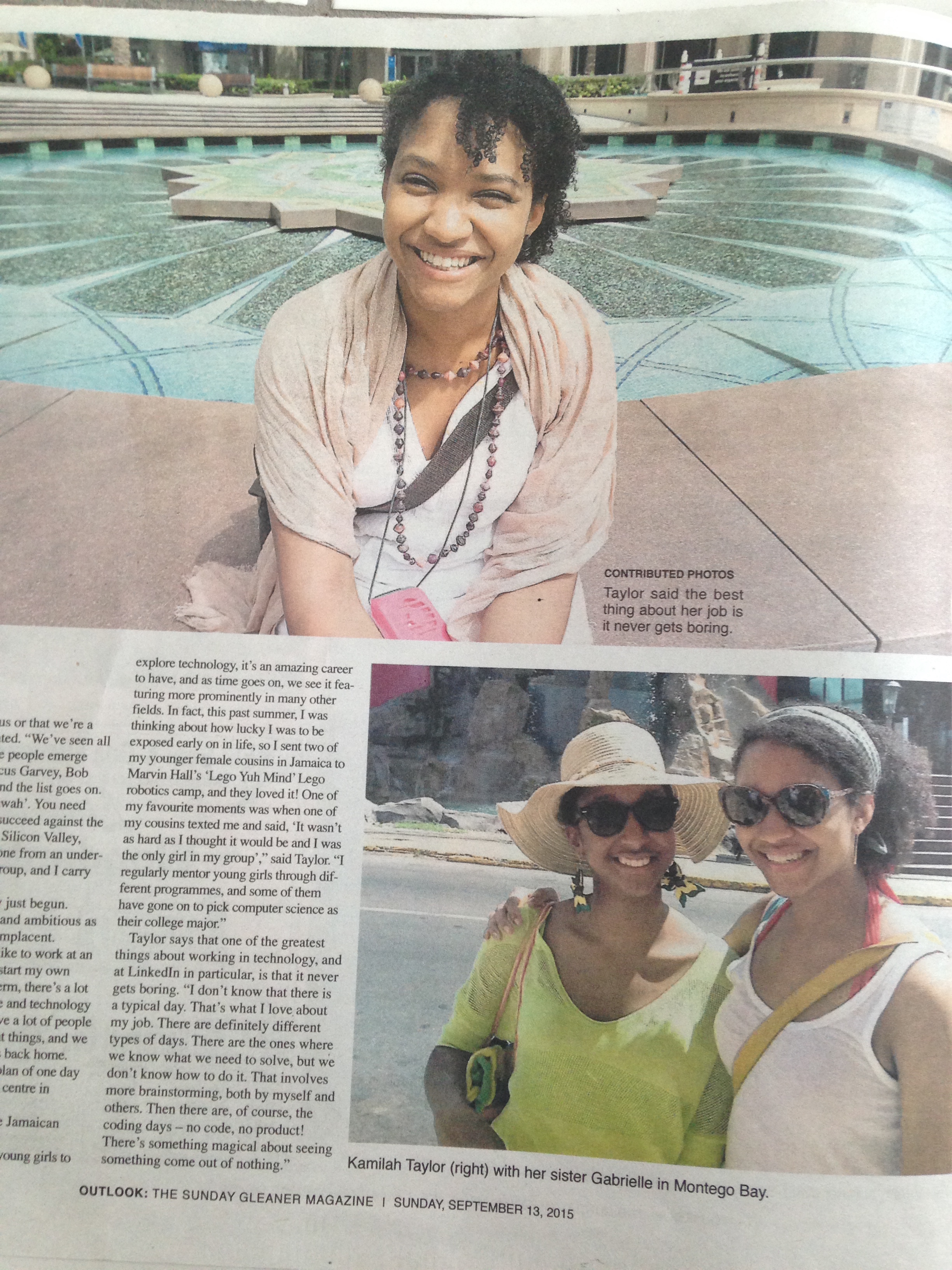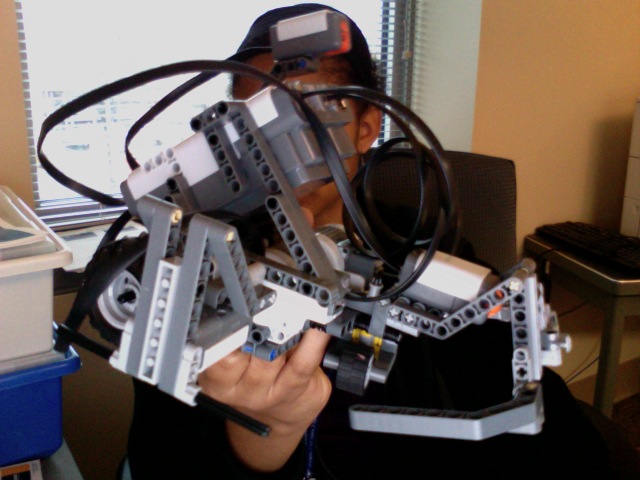So I do too much a lot. It’s one of the reasons I have more draft posts than published posts on this blog (yes there are 2020 writing goals but you know we’ll see). It’s why for a second, when I first got a message from the ever inspiring Paul Hudson last fall about contributing to a Swift book, I thought my answer would be no…that is until I read to the end of the message - all the authors would be doing this for free so that 100% of the revenue would be going to a charity. Oh and the charity the money would be going to was Black Girls Code - an organization I fell in love with when I first volunteered for them back in 2012. Their mission is “to provide African-American youth with the skills to occupy some of the 1.4 million computing job openings expected to be available in the U.S. by 2020, and to train 1 million girls by 2040”.
So I said yes!! Without knowing what I’d write about, without knowing how I’d find the time. I knew I had to part of this, and knowing that so many of my favorites from the iOS community were already signed up just inspired me even more.
Having signed up, there was the next dilemma, what to write about? For my part, I looked back at the many apps I’ve worked on since 2012, and the thing that I realized that kept coming back to me was the layers of lessons from each app’s architecture that I brought to the next one. So I wrote about app architecture, and how to make it sustainable and scalable. These are principles that I use on a daily basis, and the experience of writing about them for the book has inspired me to explore them more!
The book was released on January 14th, and here’s the beautiful thing - based off pre-orders alone, we’ve already raised over $40,000 for Black Girls Code! $40,000 USD. It’s especially fulfilling to be able to share about this project on Martin Luther King Jr. Day. MLK once said “Everyone can be great because everybody can serve” - purchasing this book helps us serve the next generation.
As Paul said, learn swift, change the world. Copies of the book can be bought here: https://gumroad.com/l/swift-for-good-1
Let’s change the world.

